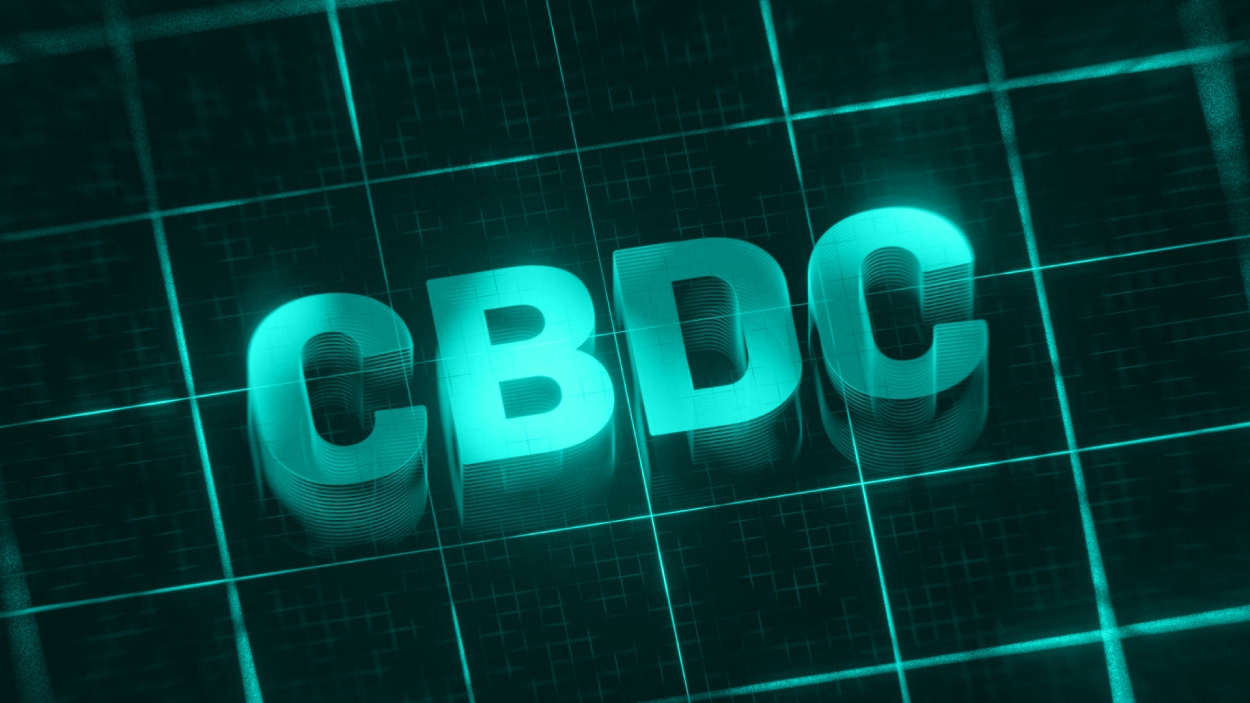What Is the Definition of a Central Bank Digital Currency (CBDC)?
Central bank digital currencies (CBDCs) are revolutionary forms of digital currency issued directly by a country’s central bank. They are similar to cryptocurrencies in that their value is determined by the central bank and is equivalent to the country’s fiat currency.
CBDCs are currently being developed and implemented in numerous countries. Given the widespread interest in digital currencies, it is crucial to understand their nature and the implications they hold for society.
CBDC in India
As the economy continues to digitalize, people’s payment habits are shifting. In several countries, the use of cash, which is the sole form of central bank money available to the people, is declining. The COVID-19 pandemic has further accelerated this trend dramatically.
Starting from November 1, 2022, the central bank initiated the pilot project for India’s very own digital currency, known as the Digital Rupee, specifically designed for the wholesale segment.
This pilot program, as announced by the regulator on October 31, 2022, has been introduced with a clear objective in mind – to facilitate seamless settlement of secondary market transactions involving government securities.
The RBI has chosen nine banks to participate in the wholesale Digital Rupee pilot project. The list of these banks includes State Bank of India, Bank of Baroda, Union Bank of India, HDFC Bank, ICICI Bank, Kotak Mahindra Bank, YES Bank, IDFC First Bank, and HSBC.
What Is Digital Rupee?
A digital currency refers to any currency that exists solely in electronic form. Nowadays, electronic currencies have become the dominant form of currency in numerous countries’ financial systems. Unlike traditional currency, digital currency is exclusively exchanged electronically and does not physically leave the confines of a computer network.
Cryptocurrency, central bank digital currency (CBDCs), and stablecoins are the three primary types of digital currency.
Blockchain technology, the most common type of distributed ledger used by digital currencies, serves as the cornerstone of cryptocurrency.
Features of Digital Rupee
1) Central Bank Digital Currency (CBDC) is a form of sovereign currency issued by central banks in line with their monetary policy.
2) All individuals, businesses, and government organisations must accept it as a medium of payment, legal tender, and safe store of value.
3) CBDC can be freely converted into commercial bank money and cash.
4) CBDC is a fungible legal tender for which no bank account is required.
5) It is assumed that CBDC will reduce the cost of money issuance and transactions.
Why is the RBI implementing CBDC?
“CBDC is intended to supplement, rather than replace, current forms of money, and is intended to provide users with an additional payment avenue, rather than to replace existing payment systems,” the regulator stated.
The RBI believes that the digital rupee system will “strengthen India’s digital economy, increase financial inclusion, and improve the efficiency of the monetary and payment systems.
The RBI cited the following factors as reasons for India to consider issuing CBDC:
a) Cost savings linked with physical cash management
b) To advance the cause of digitization in order to build a cashless economy.
c) Promoting payment competitiveness, efficiency, and innovation
d) Investigate the usage of CBDC to improve cross-border transactions.
e) Encourage financial inclusion
Cryptocurrency Vs Digital Rupee
The Reserve Bank of India defines a Central Bank Digital Currency (CBDC) as a type of legal tender that is issued in digital form by a central bank. It functions the same as fiat currency and can be exchanged for it on a one-to-one basis, with the only difference being its form. It is important to note that CBDCs are not comparable to cryptocurrencies, as they are not commodities or digital assets. Cryptocurrencies are not issued by any entity and are not considered money or currency in the traditional sense, according to the RBI. CBDCs, like the digital rupee, are a digital representation of paper money that is issued by central banks like the RBI. They are expected to be convertible into cash and will be managed by the central bank. Unlike cryptocurrencies, CBDCs are not decentralized assets.
The digital rupee will function as legal tender, allowing it to be used for purchasing goods and services. Digital rupees encompass various forms such as digital wallets, NEFT, and IMPS. Consequently, once the RBI starts circulating the digital rupee, all Indian citizens will have the ability to utilize it.
What distinguishes Digital Rupee from digital money?
The RBI clarified the difference between CBDC and digital money, stating that “A CBDC would be distinct from the digital money currently accessible to the public as it would be a liability of the Reserve Bank, rather than a commercial bank.”
What impact does CBDC have on society?
The establishment of Central Bank Digital Currencies (CBDCs) will, at the very least, improve access to payment services like mobile phones and digital wallets for those who do not have bank accounts. Furthermore, it will promote competition in the domestic payments industry, ultimately leading to lower transaction costs.




